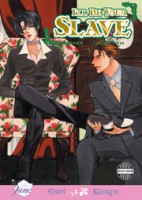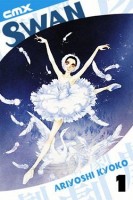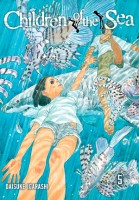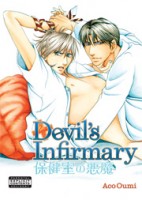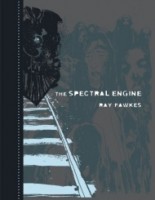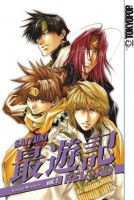
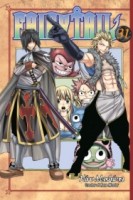
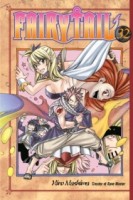
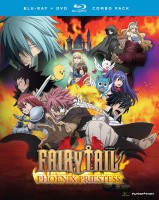 And the winner of the Fairy Tail Feast is…Janaye!
And the winner of the Fairy Tail Feast is…Janaye!
As the winner, Janaye will be receiving copies of volumes thirty, thirty-one, and thirty-two of Hiro Mashima’s manga series Fairy Tail as well as a copy of the movie Fairy Tail: Phoenix Priestess. Since Fairy Tail recently reached thirty volumes in English, I asked everyone participating in the giveaway to give me their opinions on long-running manga series. For all of the responses, do check out the Fairy Tail Feast comments. Much like a long-running series, you may be reading for a while since there were so many comments—I had the biggest turnout ever for one of my giveaways. A huge thank you to everyone who stopped by and took time to participate!
Manga with thirty or more volumes licensed in English:
Air Gear by Oh!Great
Berserk by Kentaro Miura
Blade of the Immortal by Hiroaki Samura
Bleach by Tite Kubo
Boys Over Flowers by Yoko Kamio
Case Closed by Gosho Aoyama
Eyeshield 21 written by Riichiro Inagami, illustrated by Yusuke Murata
Fairy Tail by Hiro Mashima
Flame of Recca by Nobuyuki Anzai
Gantz by Hiroya Oku
GTO: The Early Years by Tohru Fujisawa
Hunter x Hunter by Yoshihiro Togashi
Initial D by Shuichi Shigeno
InuYasha by Rumiko Takahashi
Kekkaishi by Yellow Tanabe
Negima! by Ken Akamatsu
Naruto by Masashi Kishimoto
Oh My Goddess! by Kosuke Fujishima
One Piece by Eiichiro Oda
The Prince of Tennis by Takeshi Konomi
Ranma 1/2 by Rumiko Takahashi
Rave Master by Hiro Mashima
Samurai Deeper Kyo by Akimine Kamijyo
Shaman King by Hiroyuki Takei
Skip Beat! by Yoshiki Nakamura
Slam Dunk by Takehiko Inoue
Vagabond by Takehiko Inoue
Yu-Gi-Oh! by Kazuki Takahashi
The Wallflower by Tomoko Hayakaya
Okay…I cheated a little with the above list. A few of the series, like Blade of the Immortal, haven’t officially reached thirty volumes yet in English. But just you wait, they most certainly will! Until then, there are plenty of epic, long-running manga that have been licensed. Happy reading, and I hope to see you all again for the next giveaway!


